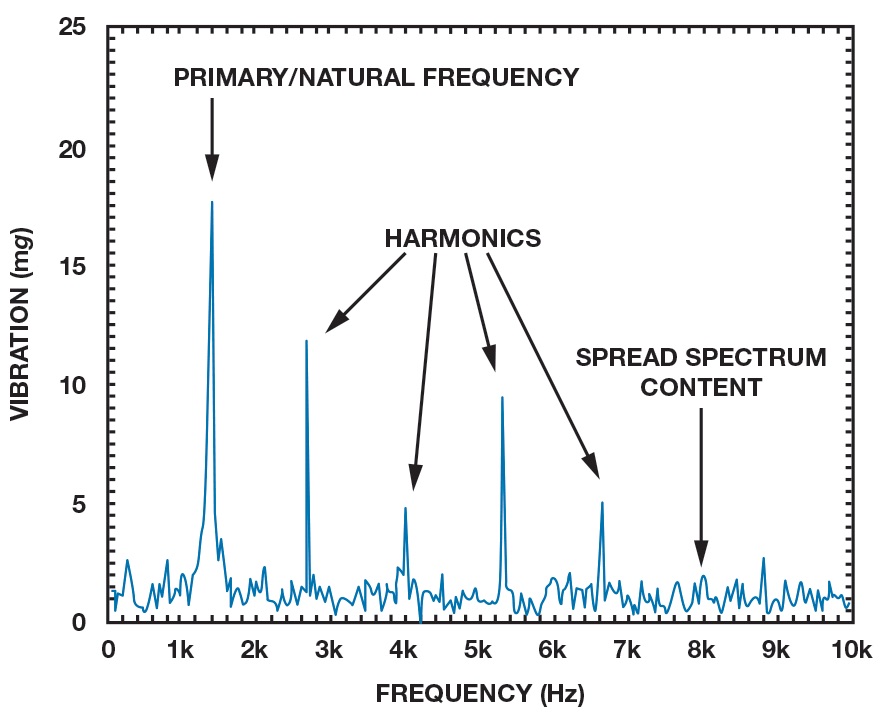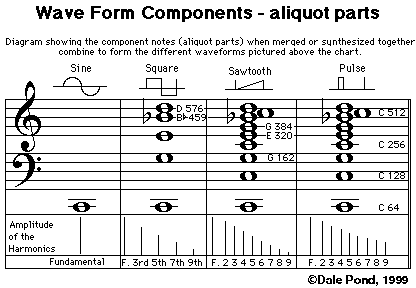
Chord - Two, three or more tones sounded together.
Signature or Vibration Signature - Term usually applied to the vibration frequency spectrum of a complex waveform.
In the graphic below are shown these two terms. The squiggly lines at the top are the vibration signatures. (The term signature comes from the concept these lines look like a doctor's scrolling signature.) The musical notes below the signatures are the relative and quantitative discrete frequencies making up the complex waveform as recorded in tracings or signatures.

Dougald Carmichael Ramsay
"Partials - Harmonics, so called because they are the parts of a sound." [Scientific Basis and Build of Music, page 63]
Schauberger
The outcome of this incessant reciprocal activity on the one hand is the reconstitution of the various kinds of water present in the individual zones, and on the other, the constant transformation of the species of vegetation in which water makes its way, ceaselessly moved by this inner interplay of forces. This inner, energetic interaction, however, is opposed by the effect of the water's weight. The alternating magnitudes of these component forces inevitably lead to the constant rising and falling of the water particles - the so-called pulsation of water. Every new formation and all growth is derived from the smallest beginnings. Continuing development in the early stages can only be accomplished if the circulation in the Earth's interior proceeds correctly. According to inner law, every higher form of vegetation is built up from the lower species preceding it. The carrier of the substances and the transmitter of the life-processes in the root-zone is the groundwater. The impulse for its movement is caused by a drop in temperature, to which the inner metabolic processes of the here decisive groups of basic elements give rise. The impulse for the movement of water is thus a product of the interactions between the opposites contained within it, which find their necessary resistance in the water itself. Through the resistance arising from the interactions between carbone and oxygen, fluctuations in temperature again occur and with them the impulse to move - the pulsation of water, which in this way at times dissolves salts and at others deposits them, transports them, creates energies and transforms them. The sense and purpose of these perpetual transformation processes is the creation and maintenance of the various types of vegetation and physical forms, which on their part again represent the bridges for the build-up and maintenance of the energies. [The Energy Evolution - Harnessing Free Energy from Nature, Conclusions]
See Also
432
Constituent
Fast Fourier Transform
partial
harmonic waveforms
harmonics
overtone
Table 11.05 - Comparison of Scale Structural Components and Relations
waveform
See Also
Chord of Mass
Chord of the Mass
Chord
Creative Force
Figure 1.1 - Chord Signatures of Brain Convolutions
Fundamental
Harmonic
Laws of Vibration
molecular aggregation
Overtone
Part 12 - Russells Locked Potentials
Polar
Signature
Undertone
Universal Energy Unit
Vibration Signature
